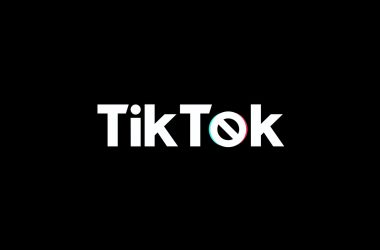The accelerating freight-train we call Artificial Intelligence has the world feeling a little divided. Some people think humans will be the horse that was replaced by Ford’s Model T. Others note that working horses used to live terrible lives in cities, and now they get to gallop around in the countryside.
Humans are still far from either scenario. There are many things AI struggles with that we take for granted as effortless. However, a lot of our lives are taken up by tasks that we both hate and which an algorithm can do in a snap. Here lies the key to creating a work culture that welcomes and adapts to the 4th Industrial Revolution while becoming steadily more and more productive.
A Brief History of AI
In the 1960s, scientists believed they would have a fully functioning mechanical ‘brain’ in one generation. Unfortunately for their work, they were defeated by the fact that organic creatures can do a lot of complicated things so easily that we don’t even notice.
For example, the scientists assumed the complicated part of interacting with an object was figuring out what to do after you see it. In reality, even the first action of perceiving an object is extremely complicated. Progress in AI ground to a halt.
In the 21st century, interest in AI picked up steam again. Hardware improvements and new machine learning techniques made “deep learning” possible. Computers could now dynamically analyze huge amounts of data and produce useful conclusions.
Executives and managers were quick to notice how much human time (and money) might be saved by these kinds of systems. The first industries to do this were ones full of very intelligent, very high-earning individuals who were simultaneously slowed down by mountains of paperwork and manual analysis.
Lawyers, for example, had to manually pour through mountains of legal documentation and data. With AI taking the headache out of that, they have more time to deploy towards making a great case. Doctors started using AI, too. The software was trained to help them make diagnoses by scanning and analyzing X-rays or MRI scans and flagging anomalies. The financial sector was also an early adopter, using systems to assess market economics in real time.
Soon, AI will be a part of every sector.
“[Databases are] so generally useful, they got assigned to all the applications. AI is exactly the same.” – Frank Chen, the partner at VC firm Andreessen Horowitz.
Is AI Moving Too Fast?
Many people want to see progress in AI slow down. Unfortunately for them, the time savings AI promises make it far too profitable to ignore. What’s important is not how fast AI is moving, but whether or not you can keep up.
By adopting intelligent systems, you can recover productive hours that, up until now, you were forced to waste on tedious tasks. Once an algorithm takes something off your hands, you will naturally spend more time on valuable, human-only tasks such as critical thinking, creative thinking, value-driven decision making and so on.
Gartner, the world’s leading research and advisory company, predicts AI will recoup 6.2 billion hours of productivity by 2021.
The upside is huge. So how do you make the most of it?
How to Create a Human-First AI Work Culture
Remember: Intelligent systems are tools, not replacements.
When AI takes a time-sucking task off your plate, you will be able to maximize your value to your company and your career. This is the core of an adaptable and happy AI work culture.
Use these three steps for yourself and your team:
Step 1: Do an 80/20 analysis of your day-to-day activities.
What takes up the most time, yet produces the least value?
Step 2: Pick an activity that AI could streamline.
Of those activities which devour your time, which could be automated (i.e. simple and repetitive)?
Step 3: Test some tools.
Open Google and search: AI tool for [X]
For example, searching ‘AI tools for email’ brings up Knowmail, which claims to prioritize and summarize email conversations for you. Or, if you notice your team wasting time with inane questions, try Spoke, a bot that answers office questions automatically.
With so many people working on AI tools, you will probably have numerous options available. Play around and test different software before settling on one.
Will AI Disrupt or Evolve Your Workplace?
A workplace where people are nervous about whether AI will make them irrelevant is a bad workplace to be in. If you or your boss introduces a change that makes people feel threatened, resentment and rebellion will result, and the productivity gains you hoped for will diminish.
However, if you lead with a human-first approach and you welcome open communication and feedback, your situation will be hugely different. In the second case, AI could make every employee’s job more interesting and more profitable for the company which, in turn, makes their jobs more secure. That’s a happy upward spiral which everyone can get behind.
Stay attentive and adaptable and AI could surround you with a digital crowd of helpful (albeit highly specialized) personal assistants. Imagine how much an entire team of people like that will get done!
This is a guest post written by Ashley Little. She is from Do Supply, Inc., an industrial electronics supplier based in Cary, NC. She writes about robotics, machine learning, and the future of automation for industries.









